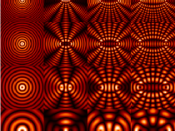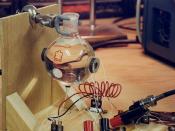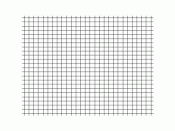OBSERVING WAVE PULSES - EXPERIMENT 15
PART 1 - Transverse Wave Pulses
Q1 - As the pulse travels down through the spring, its, size and amplitude is reduced - the sizes of the waves are much smaller as the forces become weaker (losing energy) as the distance from the point of initiation is increased.
Q2 - Pulses do not 'catch up' with one another in transverse waves. They either meet at a certain point momentarily or pass through each other and continue on their way as if nothing has happened.
Q3 - As the tension of a spring is increased, the speed of the pulse is also increased meaning that the pulse will travel through the spring quicker if the spring is held more taut. A tighter spring also may also decrease the amplitude (dependent of the force).
Q4 - When a pulse reaches a fixed end, the wave is reflected or bounced back on the opposite side to which it came down on, so if it travelled down on the left-hand side, it would go back on the right-hand side (starting with a crest would mean returning with a trough).
Q5 - When a pulse is sent down from both sides of the spring, a single large crest is produced momentarily (the 'component' waves' amplitudes are added together). Superposition only occurs if the two waves have identical wavelengths as well as having the same phase (their crests and troughs are perfectly aligned). The wave created will have twice the normal amplitude of the component wave. Once this state is achieved, the wave will 'dissolve' and the component waves will re-appear but travelling, this time in the opposite direction to which they came. If one pulse is sent down the spring and as it is reflected from the fixed end...



Next time include the questions too...
Your answers aren't much use without them!
1 out of 1 people found this comment useful.